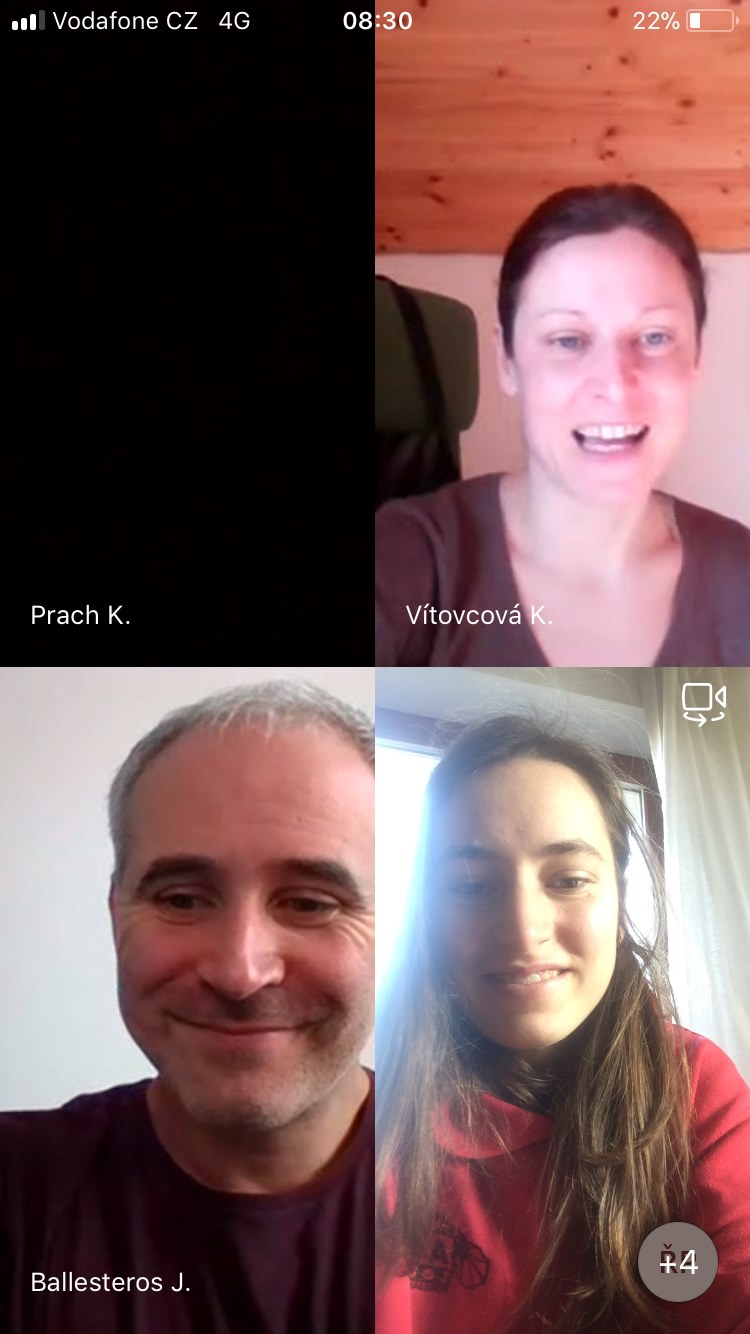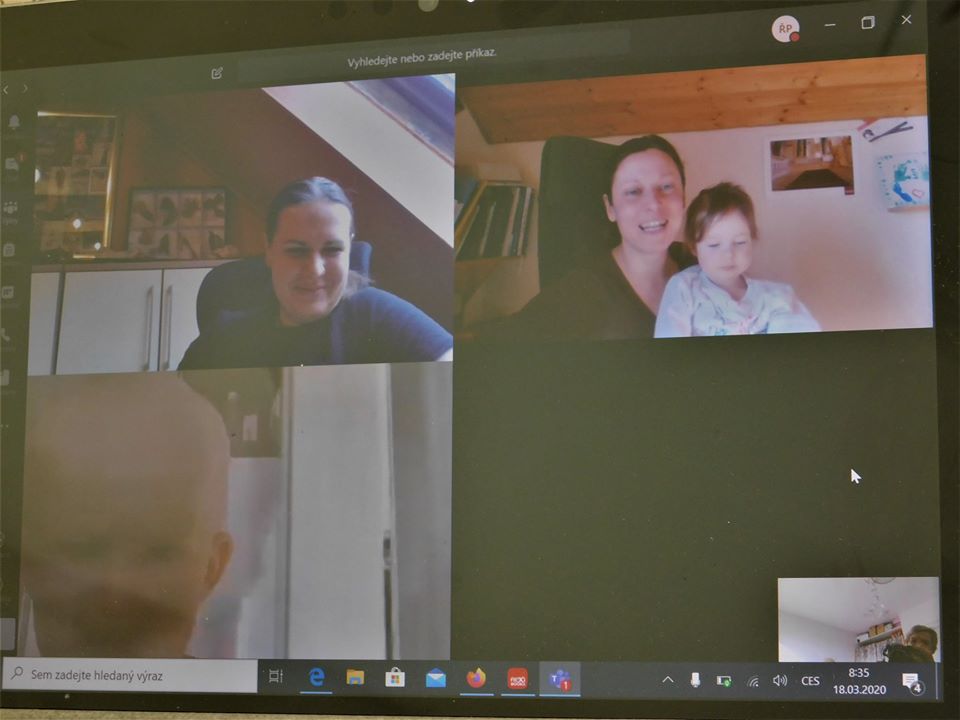|
Published on Jun 16, 2020
 Althoug the weather was not too good, we enjoyed a lot of fun anyway. This time we met during the sampling of flowering strips in the campus of the Faculty of Science USB and the Biology Centre CAS. Some parts of the strips are overgrown with grasses, we however believe that everything will turn out well, and that with extensive management we can suppress the grasses and let the sown herbs stand out in full beauty. Althoug the weather was not too good, we enjoyed a lot of fun anyway. This time we met during the sampling of flowering strips in the campus of the Faculty of Science USB and the Biology Centre CAS. Some parts of the strips are overgrown with grasses, we however believe that everything will turn out well, and that with extensive management we can suppress the grasses and let the sown herbs stand out in full beauty.
Thanks Petra J. for the photos.
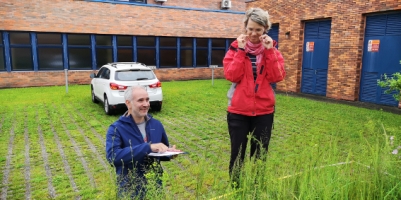 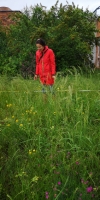 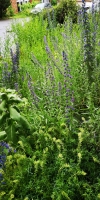
Published on Jun 14, 2020
 ... this time in Milovice where we also monitor plots grazed by large herbivores or left without any treatment. During the adventurous crossing of the pasture Traviny, a horse ran in front of our car. ... this time in Milovice where we also monitor plots grazed by large herbivores or left without any treatment. During the adventurous crossing of the pasture Traviny, a horse ran in front of our car.
In 2018, we transferred biomass from a nearby dry grassland to the former field, which is already also part of the pasture. Anička describes how the vegetation develops: "It looks more optimistic this year, the next year will be decisive, though. But a number of new nice species have already appeared there."
Thanks to Anička K. and Luboš Tichý for the photos.
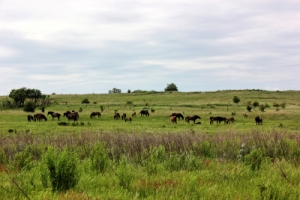 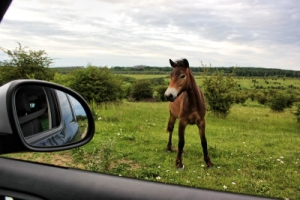 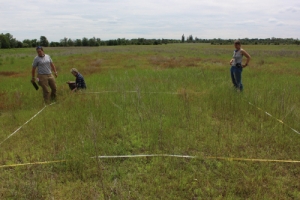 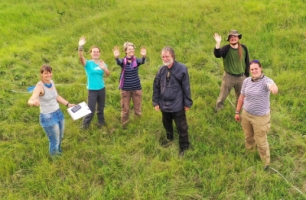 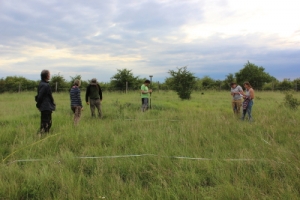
Published on Jun 13, 2020
 We traditionally spent the beginning of June by sampling of the permanent plots at Váté písky near Bzenec. This year, it was already the eighth season of monitoring of restoration of the psammophytic vegetation on plots where the upper layers of soil were removed together with the expansive bushgrass (Calamagrostis epigejos). Thanks to this intervention, rare psammophytic plant species returned to the plots. We traditionally spent the beginning of June by sampling of the permanent plots at Váté písky near Bzenec. This year, it was already the eighth season of monitoring of restoration of the psammophytic vegetation on plots where the upper layers of soil were removed together with the expansive bushgrass (Calamagrostis epigejos). Thanks to this intervention, rare psammophytic plant species returned to the plots.
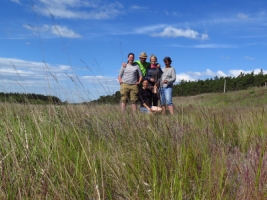 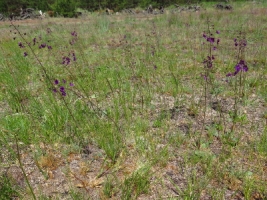 
However, the ambitions of our group have way exceeded the boundaries of science - in the Vojšické louky which were restored by Ivana Jongepierová using regional seed mixtures, we tried to enter the Guinness Book of Records for the greatest participation of botanists sampling one plot. We are still waiting for the decision of the committee whether we succeeded with this attempt :-).
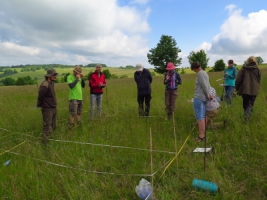
We greatly thank Ivana and Karel for the help in the field and hospitality.
Published on Jun 12, 2020
 The flowering strips in the Stromovka city park are cut. Only partially, in fact. This time we chosde mosaic cutting for their maintenance. The reason is that they can flower again in a few weeks, and they cannot be overgrown with competitive grasses which would displace the sown species of herbs. Therefore, after the currently flowering parts of the strips stop flowering, the cut parts begin to flower and consequently the strip will make insects and people happy continuously. The flowering strips in the Stromovka city park are cut. Only partially, in fact. This time we chosde mosaic cutting for their maintenance. The reason is that they can flower again in a few weeks, and they cannot be overgrown with competitive grasses which would displace the sown species of herbs. Therefore, after the currently flowering parts of the strips stop flowering, the cut parts begin to flower and consequently the strip will make insects and people happy continuously.
We thank Vojta Študent for the photos and cutting.
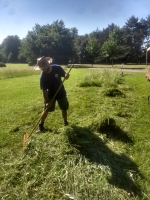
Published on May 31, 2020
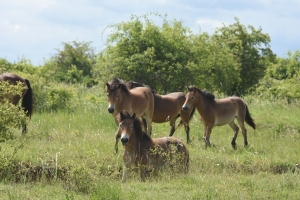 Monitoring of the effect of grazing of large herbivores on the development of vegetation continues also this year. We have established new experimental plots in Josefovské louky near Jaroměř. Klára describes what an amazing adventure it was: "We didn't get wet at all and experienced a beautiful sunny day, walking through flooded sedgesand sinking into the mud in the reeds, wading through a forest and even a beautiful wet meadow. And, of course, we saw horses!" Monitoring of the effect of grazing of large herbivores on the development of vegetation continues also this year. We have established new experimental plots in Josefovské louky near Jaroměř. Klára describes what an amazing adventure it was: "We didn't get wet at all and experienced a beautiful sunny day, walking through flooded sedgesand sinking into the mud in the reeds, wading through a forest and even a beautiful wet meadow. And, of course, we saw horses!"
The work continued also in Podyjí on plots established in 2018. This "expedition" was also successful and our student "Little" Anička saved us from the alpha male of Exmoor pony. As Klára concluded: "Nothing is better than having an experienced horse caretakers in the group."
We thank all the helpers and collaborators as well as the administrator of the Josefovské louky Bird Park for the perfectly prepared fences.
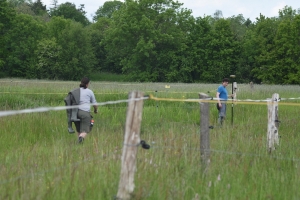  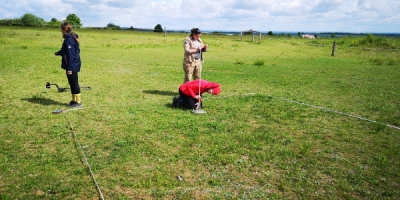 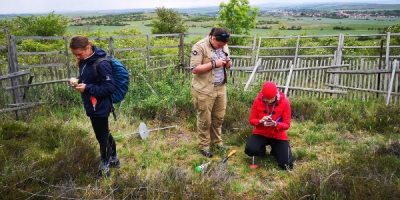 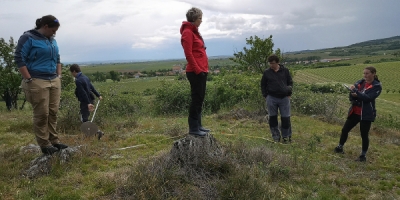 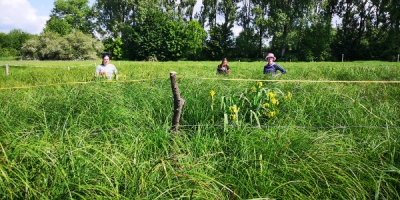
Published on May 18, 2020
Published on Apr 16, 2020
Published on Mar 24, 2020
 The current situation calls for unusual solutions even for such an ordinary thing as regular group meetings. Thus we tried "remote science". It works and it is even quite fun. Especially when there is a one-year-old Vašík and 2.5-year-old Majda between the participants. We thank the Faculty of Science, University of South Bohemia in České Budějovice for the opportunity to use MS Teams. The current situation calls for unusual solutions even for such an ordinary thing as regular group meetings. Thus we tried "remote science". It works and it is even quite fun. Especially when there is a one-year-old Vašík and 2.5-year-old Majda between the participants. We thank the Faculty of Science, University of South Bohemia in České Budějovice for the opportunity to use MS Teams.
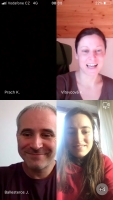 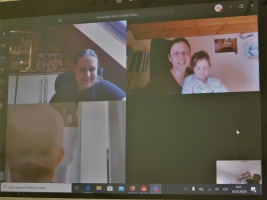
<
1
...
11
12
13
14
15
...
23
>
|
|
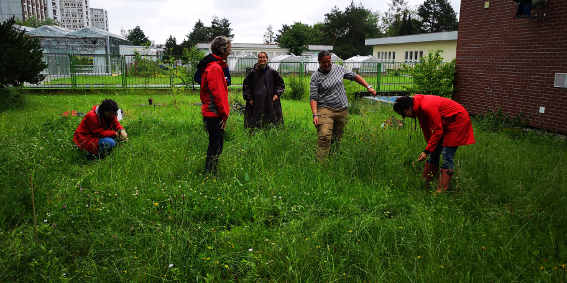 Althoug the weather was not too good, we enjoyed a lot of fun anyway. This time we met during the sampling of flowering strips in the campus of the Faculty of Science USB and the Biology Centre CAS. Some parts of the strips are overgrown with grasses, we however believe that everything will turn out well, and that with extensive management we can suppress the grasses and let the sown herbs stand out in full beauty.
Althoug the weather was not too good, we enjoyed a lot of fun anyway. This time we met during the sampling of flowering strips in the campus of the Faculty of Science USB and the Biology Centre CAS. Some parts of the strips are overgrown with grasses, we however believe that everything will turn out well, and that with extensive management we can suppress the grasses and let the sown herbs stand out in full beauty.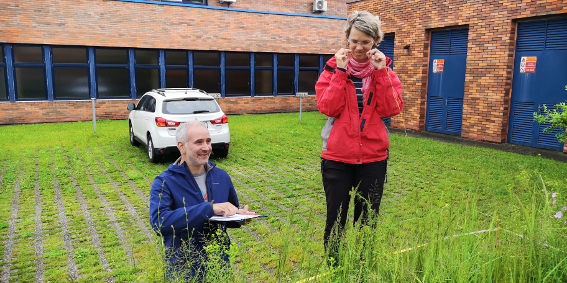
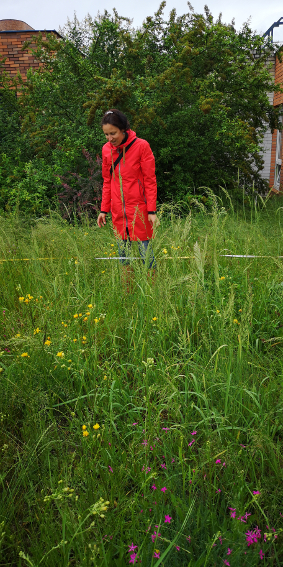
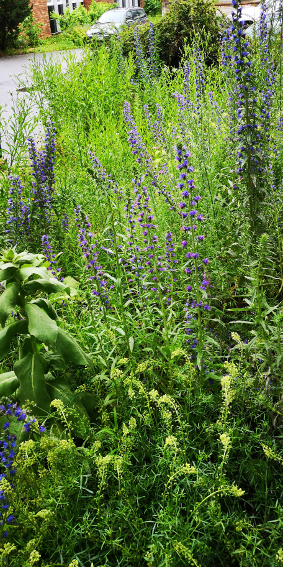
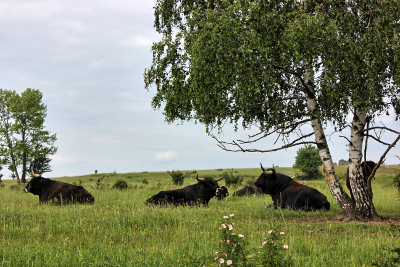 ... this time in Milovice where we also monitor plots grazed by large herbivores or left without any treatment. During the adventurous crossing of the pasture Traviny, a horse ran in front of our car.
... this time in Milovice where we also monitor plots grazed by large herbivores or left without any treatment. During the adventurous crossing of the pasture Traviny, a horse ran in front of our car.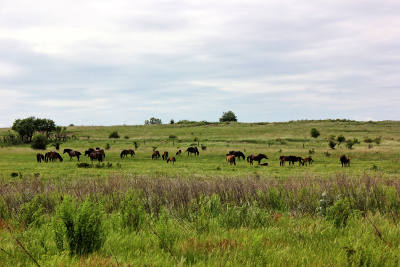
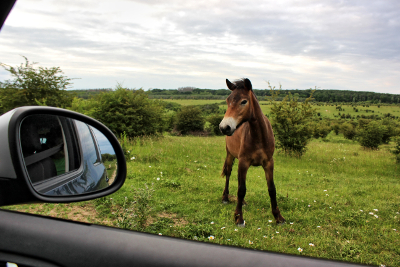
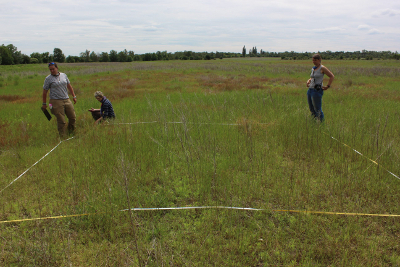
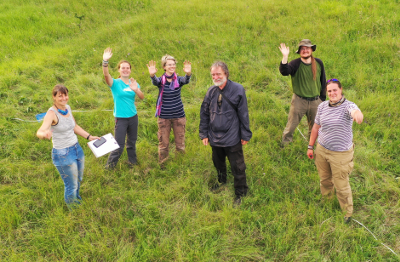
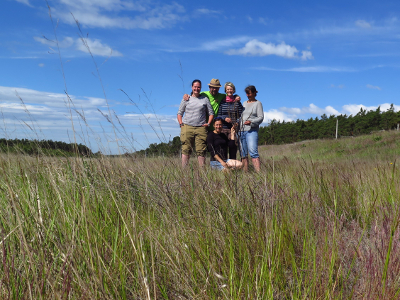
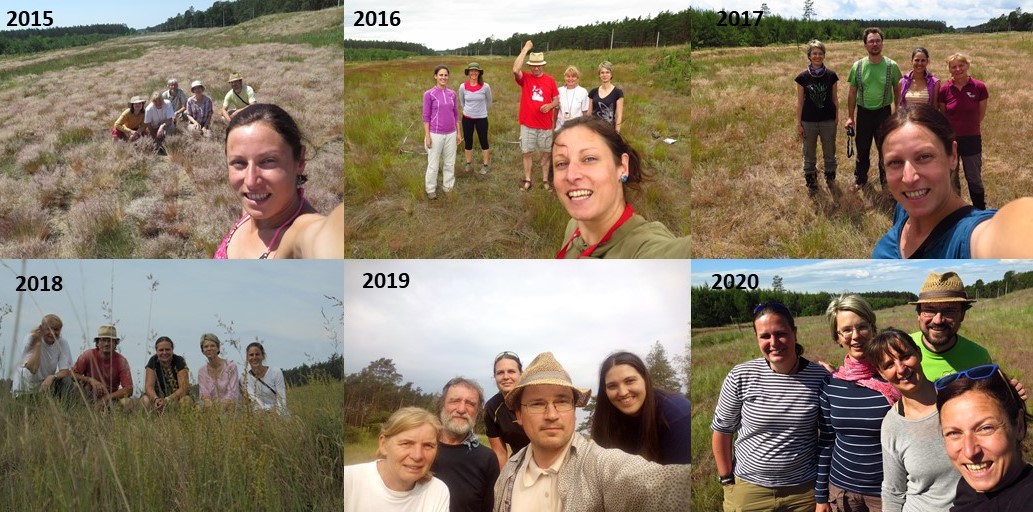
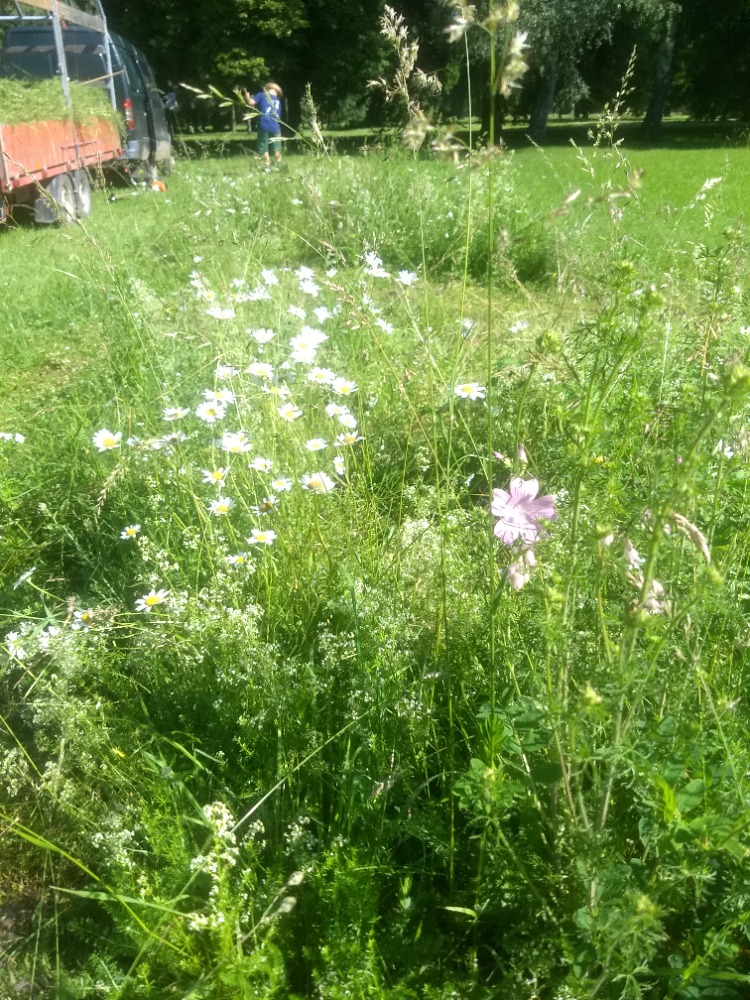 The flowering strips in the Stromovka city park are cut. Only partially, in fact. This time we chosde mosaic cutting for their maintenance. The reason is that they can flower again in a few weeks, and they cannot be overgrown with competitive grasses which would displace the sown species of herbs. Therefore, after the currently flowering parts of the strips stop flowering, the cut parts begin to flower and consequently the strip will make insects and people happy continuously.
The flowering strips in the Stromovka city park are cut. Only partially, in fact. This time we chosde mosaic cutting for their maintenance. The reason is that they can flower again in a few weeks, and they cannot be overgrown with competitive grasses which would displace the sown species of herbs. Therefore, after the currently flowering parts of the strips stop flowering, the cut parts begin to flower and consequently the strip will make insects and people happy continuously.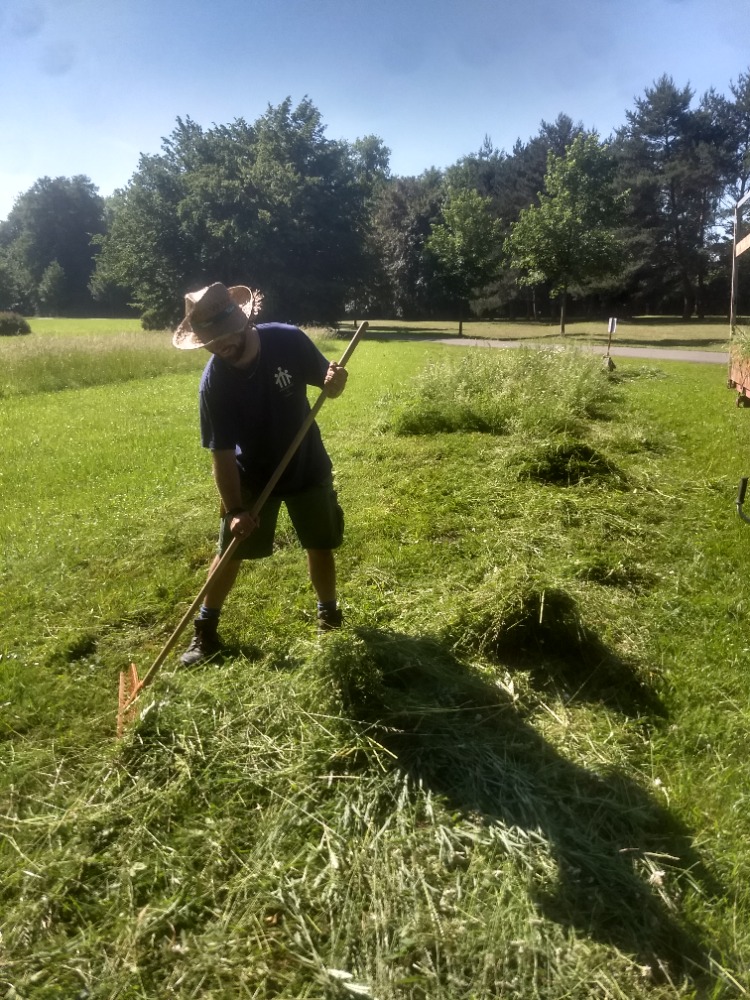
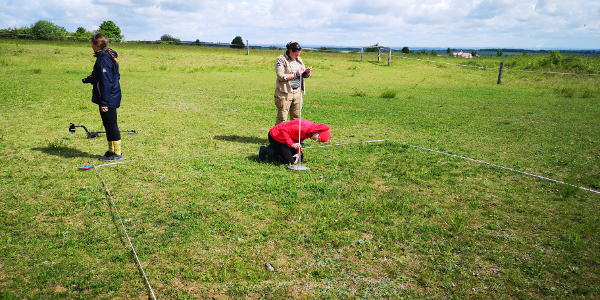
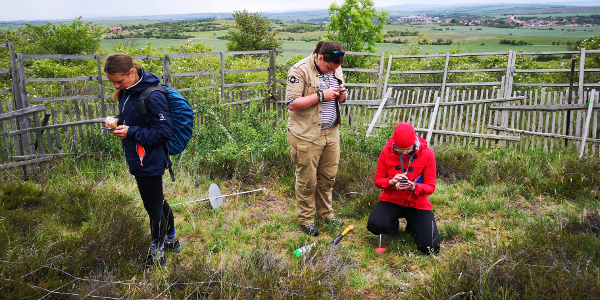
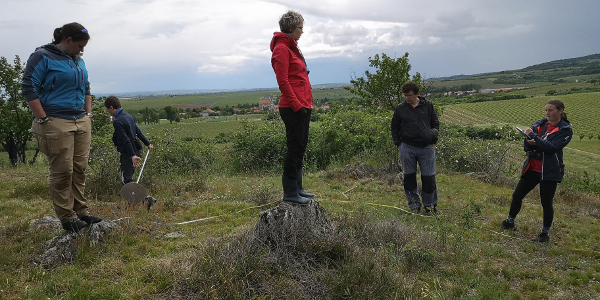
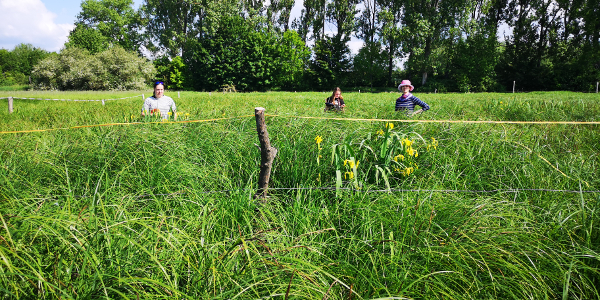
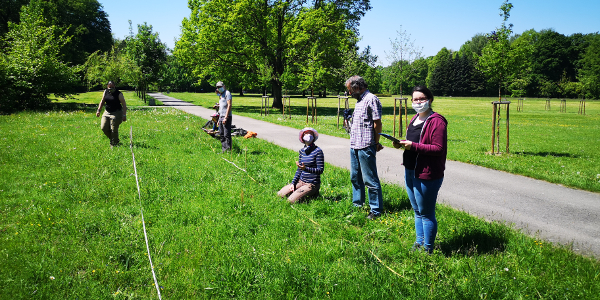
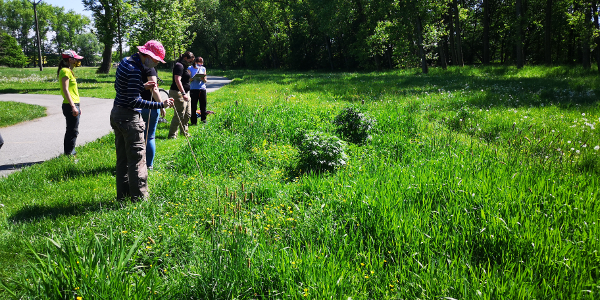
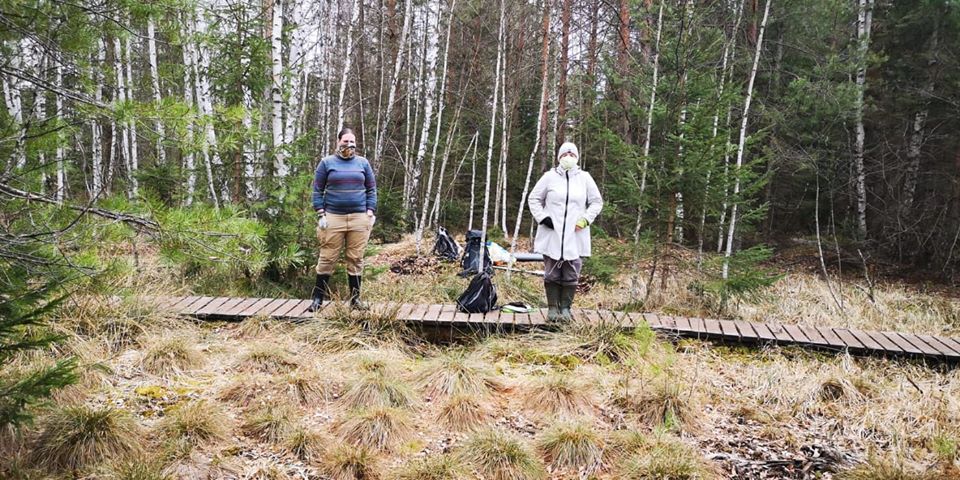 There's nothing we can do, we had to go out into the field. But we followed all the governmental regulations - masks, two meters distance, and disinfection (and not only from the outside)! Despite cold and snow it was nice. Soumarský Most peat bog always hides a nice surprise. This time, for example, with the historical monocultures of spruce, as an attempt for forestry reclamation, dying out due to a re-elevated groundwater level.
There's nothing we can do, we had to go out into the field. But we followed all the governmental regulations - masks, two meters distance, and disinfection (and not only from the outside)! Despite cold and snow it was nice. Soumarský Most peat bog always hides a nice surprise. This time, for example, with the historical monocultures of spruce, as an attempt for forestry reclamation, dying out due to a re-elevated groundwater level.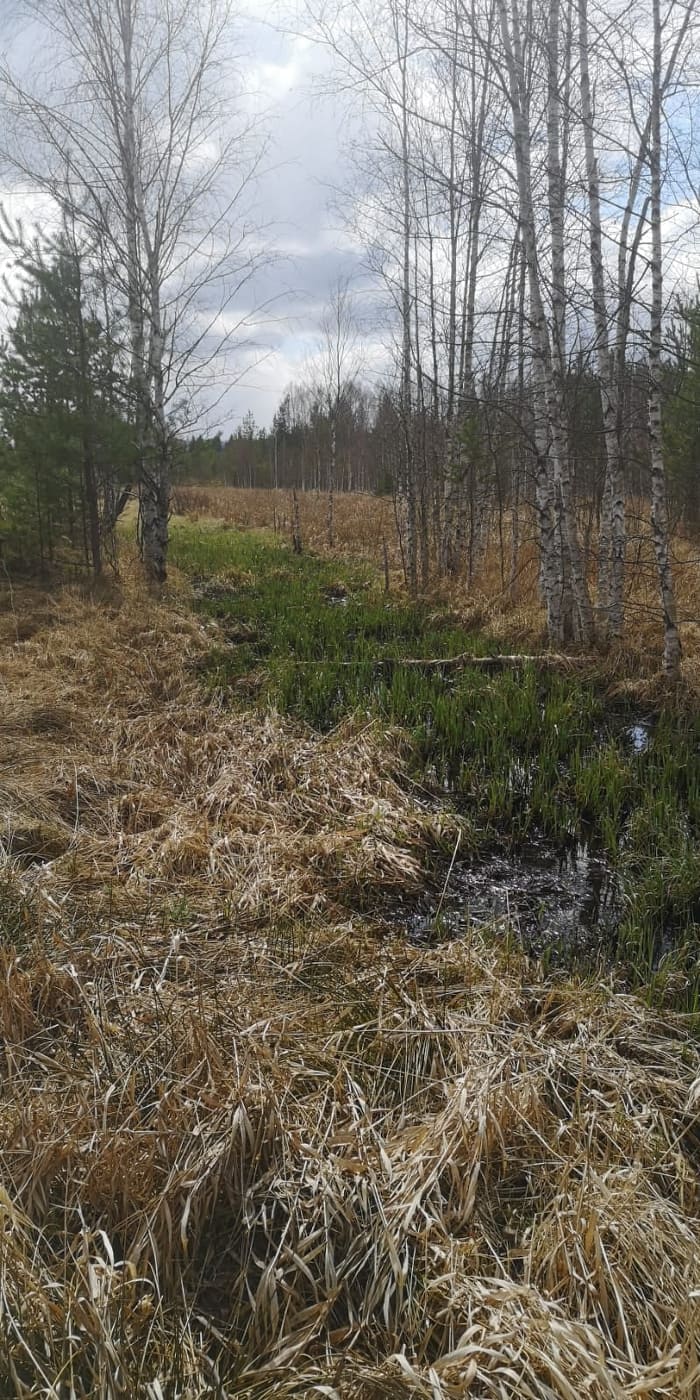
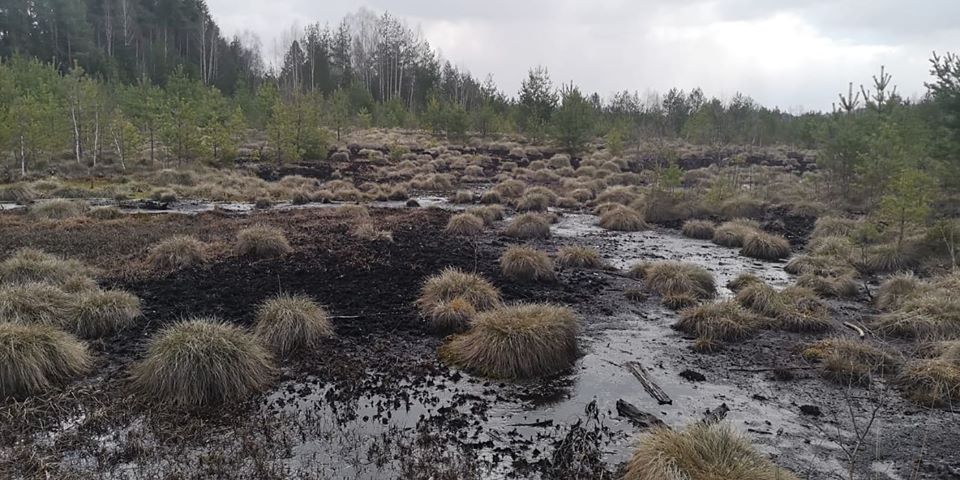
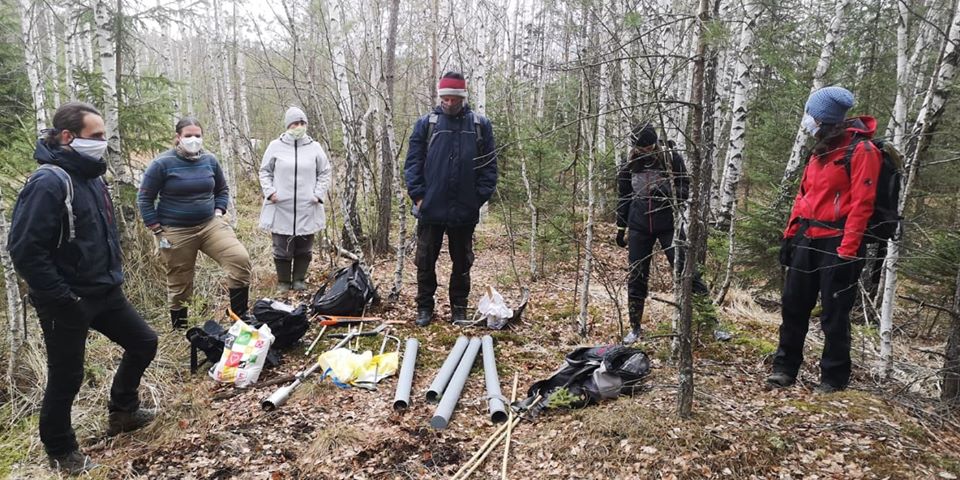
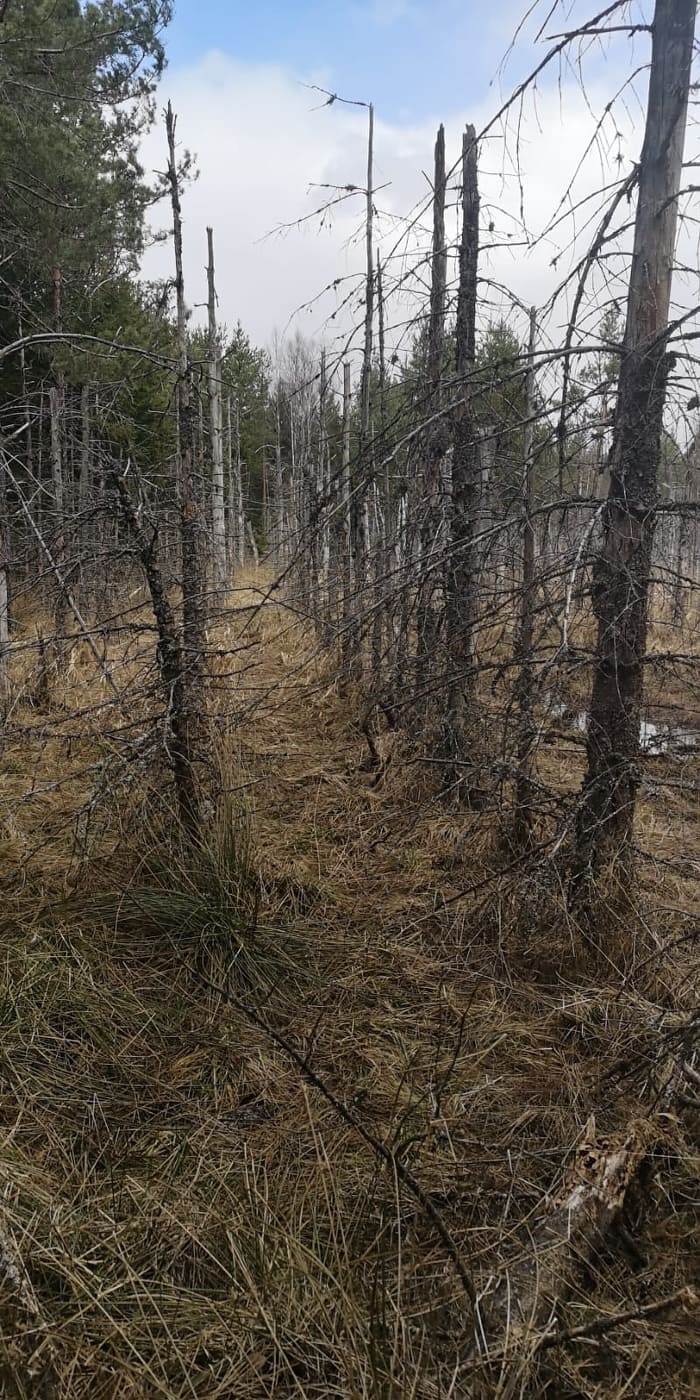
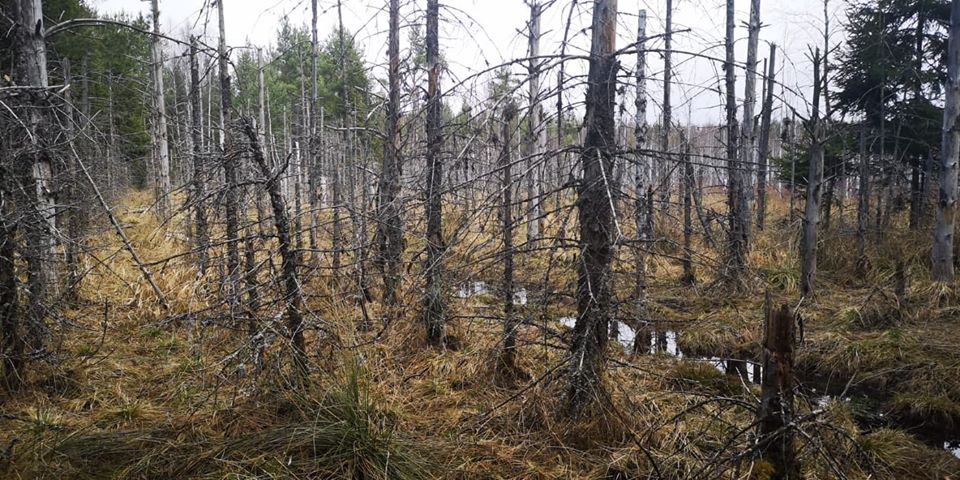
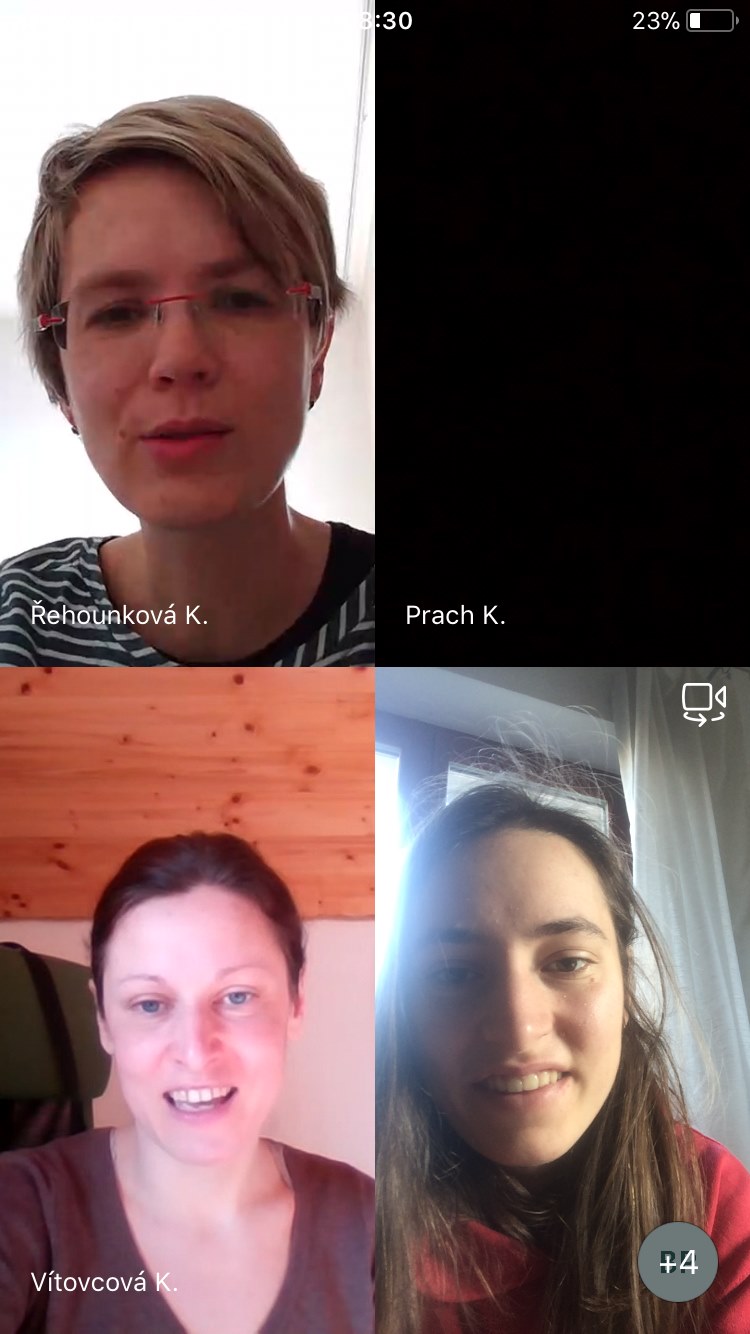 The current situation calls for unusual solutions even for such an ordinary thing as regular group meetings. Thus we tried "remote science". It works and it is even quite fun. Especially when there is a one-year-old Vašík and 2.5-year-old Majda between the participants. We thank the Faculty of Science, University of South Bohemia in České Budějovice for the opportunity to use MS Teams.
The current situation calls for unusual solutions even for such an ordinary thing as regular group meetings. Thus we tried "remote science". It works and it is even quite fun. Especially when there is a one-year-old Vašík and 2.5-year-old Majda between the participants. We thank the Faculty of Science, University of South Bohemia in České Budějovice for the opportunity to use MS Teams.